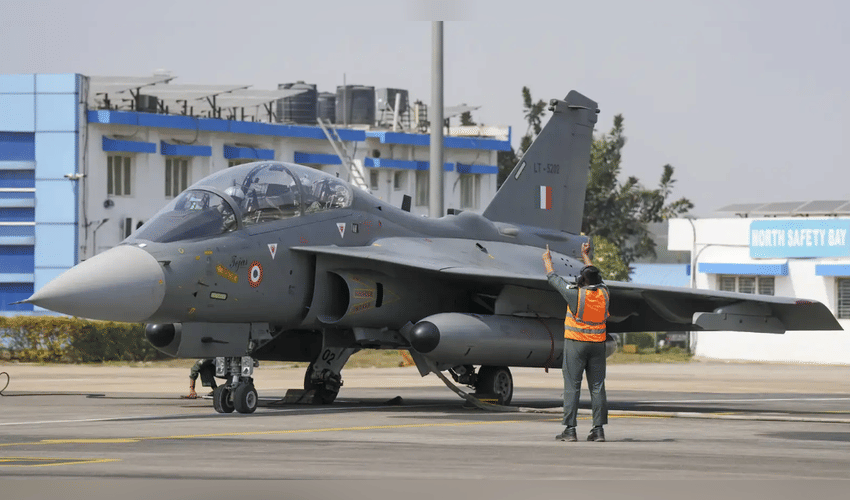Economy
HAL TEJAS MK-1A Missile Integration Hits a Software Snag Over Israeli Radar Dependencies.

Hindustan Aeronautics Limited’s (HAL) latest fighter aircraft, the TEJAS MK-1A, has recently achieved significant milestones including its maiden flight and structural readiness for upgrades. However, the program faces a notable hurdle in integrating the indigenous Astra Mk1 missile due to software-related challenges stemming from its Israeli-supplied ELTA EL/M-2052 AESA radar system. Though the radar is licensed for production in India, its core software remains under the control of Israel Aerospace Industries (IAI), causing delays in compatibility testing and approval for the missile integration.
The Astra Mk1, a homegrown beyond-visual-range air-to-air missile developed by DRDO, was successfully cleared for older TEJAS variants but has stumbled on the MK-1A platform. In tests conducted in early 2025, the missile failed due to software guidance and data link synchronization glitches linked to the radar’s operating protocols. HAL and the Indian Air Force are now waiting for IAI's explicit approval to modify the radar's software so it can seamlessly guide the Astra missile, a dependency that has stalled the Full Operational Clearance of the fighter.
HAL’s chairman, Dr. D.K. Sunil, emphasized that while the TEJAS MK-1A is “structurally ready” and capable of software-based upgrades going forward, this software bottleneck remains the last major obstacle. The company continues to validate other avionics and electronic warfare systems, yet the radar-missile integration delay pushes back the aircraft’s deployment timeline. Compounding the situation are production challenges such as constrained engine supplies, which also affect the delivery schedule to the Indian Air Force.
This delayed missile integration has raised concerns among defense analysts and IAF leadership about the strategic implications of relying on foreign entities like IAI for core software control. The situation underscores the challenges India faces in achieving full technological sovereignty despite significant indigenous advancements. Some experts propose prioritizing the TEJAS MK-2 program, which aims to minimize such dependencies through more indigenous technology, to ensure the IAF’s modernization goals proceed without future bottlenecks.
In conclusion, while HAL’s TEJAS MK-1A fighter jet represents a leap forward with improved structural design and advanced radar capabilities, its operational readiness is temporarily hindered by the Israeli software monopoly over the radar system. Resolving this issue through diplomatic and technical coordination with IAI is critical for India’s defense self-reliance ambitions and timely enhancement of its air combat capabilities.



